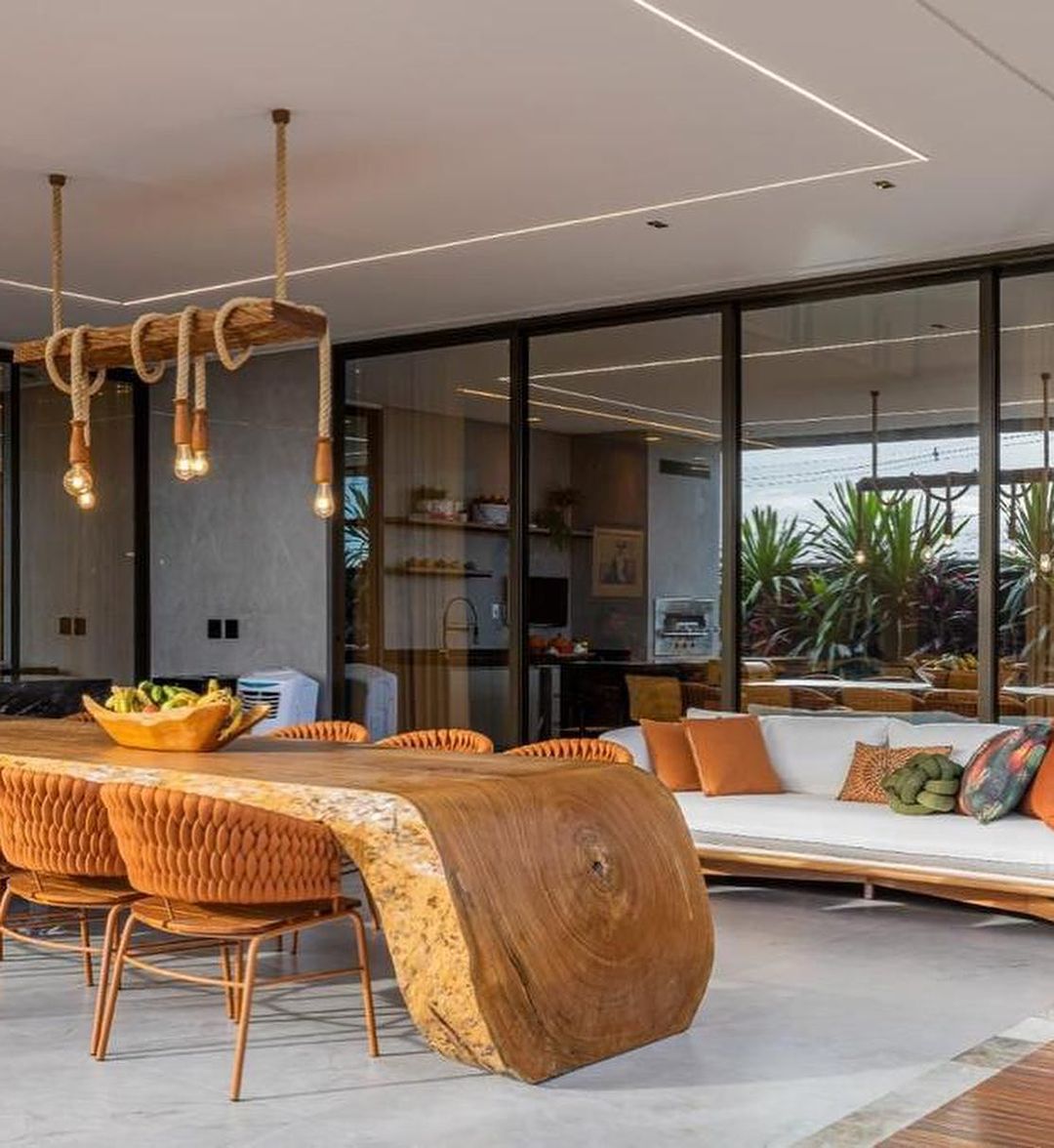
What is the Difference Between Solid Wood and MDF? Guide to Choosing the Best Furniture
Share
Understand the main differences between solid wood and MDF and learn how to choose the ideal material for your high-end furniture.
When choosing high-end furniture, the choice between solid wood and MDF is essential. Each has its own characteristics that affect durability, aesthetics, and value. This guide explains these differences to help you choose the right furniture for your home or outdoor space.
1. Solid Wood: Durability and Elegance

Solid wood is known for its strength and natural appearance, offering longevity and a unique look that enhances any environment. It is ideal for those seeking a long-lasting investment and a touch of sophistication.
2. MDF: Versatility and Cost-effectiveness

MDF is an affordable and versatile option, with a uniform finish that allows for a variety of designs. Although it does not have the same durability as solid wood, it is a functional and stylish alternative for indoor areas.
3. Aesthetics: Appearance and Personalization

Solid wood has natural variations that give each piece a unique personality, while MDF allows for different finishes, such as painting and coating, adapting to different decoration styles.
4. Climate Resistance

In outdoor areas, treated solid wood is more resistant to weather, while MDF is more suitable for indoor environments, as it can suffer from humidity and temperature variations.
5. Cost and Investment

Solid wood tends to have a higher value, reflecting its durability and elegance, while MDF is more economical, being a practical choice for those looking for cost-effectiveness without sacrificing style.
Solid wood and MDF are excellent materials, each with its own advantages. For those looking for durable furniture with personality, solid wood is ideal. MDF is a great option for those who prioritize design flexibility and economy. Evaluate your needs and the environment before choosing.
